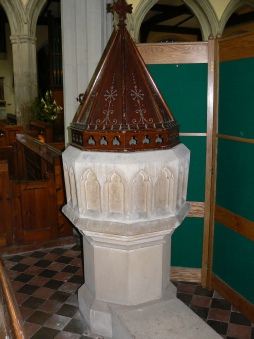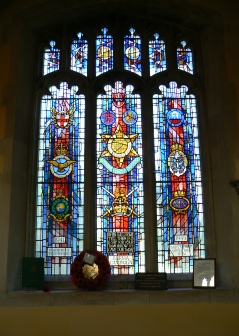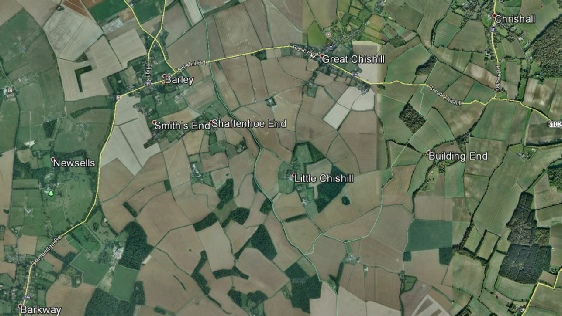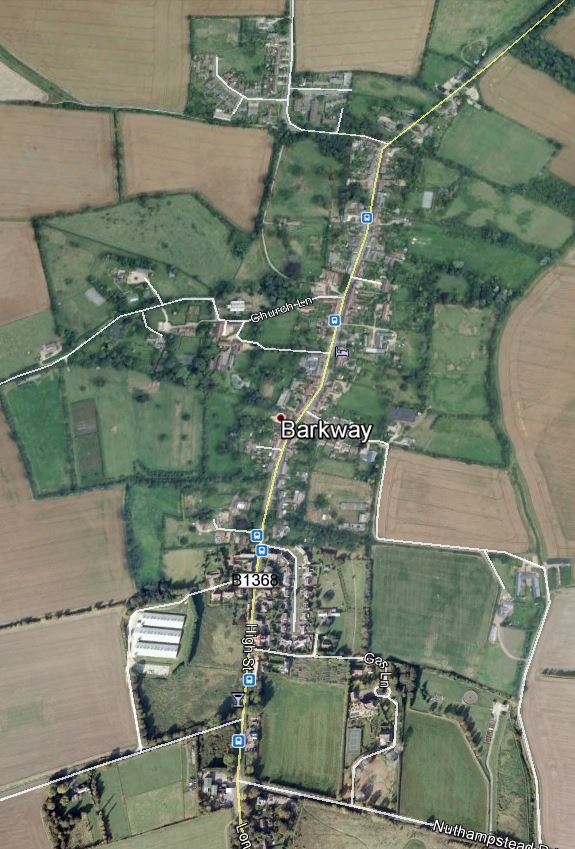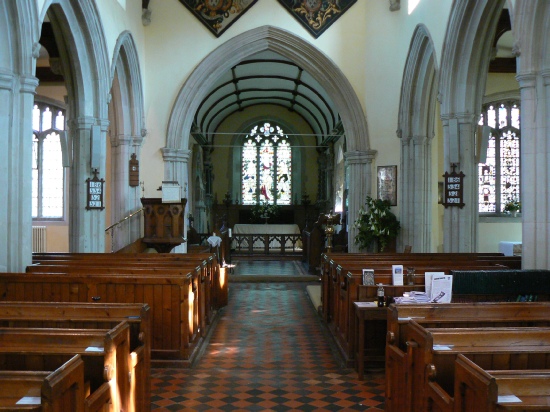



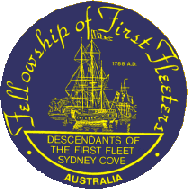
Barkway
Barkway is a long-established village and civil parish in the North Hertfordshire district of Hertfordshire, England, about five miles south-east of Royston, 35 miles from London and 15 miles from the centre of Cambridge. The Prime Meridian passes a mile or so to the west of Barkway.
History
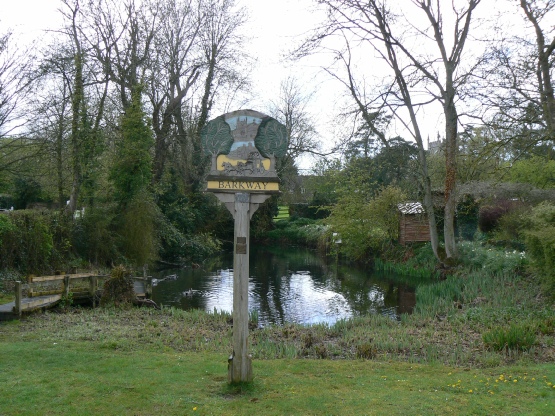 Reputedly listed in the Domesday Book as "Birchwig" Birch Way. Barkway has a number of 15th and 16th Century properties, some with beautifully thatched roofs. Most properties are on or near the High Street, which is part of the old London to Cambridge coaching route. Barkway has had a village church for over 1000 years. The current flint and stone church, which is over 800 years old, has a full peal of 8 bells which are rung every week. The village has an infants' school, The Tally Ho Pub, a recreation ground with children's play area and football pitch, a Golf Course, 1 Garage and a number of active social organisations. According to the 2001 census Barkway had a population of 656.
Reputedly listed in the Domesday Book as "Birchwig" Birch Way. Barkway has a number of 15th and 16th Century properties, some with beautifully thatched roofs. Most properties are on or near the High Street, which is part of the old London to Cambridge coaching route. Barkway has had a village church for over 1000 years. The current flint and stone church, which is over 800 years old, has a full peal of 8 bells which are rung every week. The village has an infants' school, The Tally Ho Pub, a recreation ground with children's play area and football pitch, a Golf Course, 1 Garage and a number of active social organisations. According to the 2001 census Barkway had a population of 656.
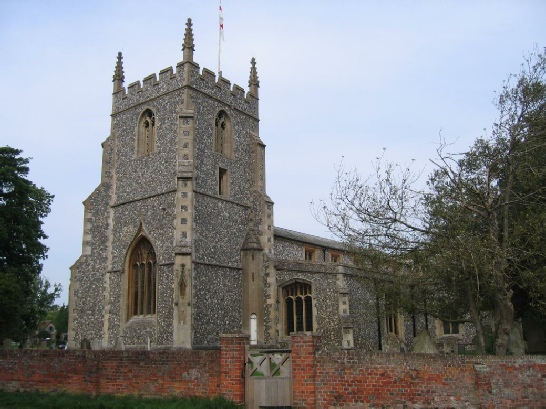
The Parish Church of St Mary Magdalene, Barkway
Brief History
There has been a church here certainly since Norman and possibly since Saxon Times.
During the 13th Century, the chancel was rebuilt and traces of the 13th century windows are still visible on its north side.
ln the 15th century, the nave was widened, the aisles and clerestory were added, and the tower was built.
Mrs Vernon Harcourt of Newsells Park restored the main part of the church in 1861 and the chancel had work carried out on it by Colonel Clinton, who lived at Cokenach. At about the same time, the Cokenach pew that stood in the chancel arch was removed. Prior to that, during the sermon the windows were closed, the curtains drawn and chairs pulled up in front of a large fire. During the restoration work the tower collapsed and was rebuilt larger than before - note the Jennings monument by Rysbrack at the back of the Tower.
The Nave
If you look up, standing in the nave, you will see some fine corbels and some are thought to be caricatures of the masons’ mates and employers. There is a villainous looking sheep above the pulpit — perhaps a dig at the vicar.
Above the Chancel steps are the two hatchments of the Clinton family (hatchments were carried in funeral processions). The one on the right indicates that the husband had died whereas the wife on the right has a white one to show she was still alive at the time the hatchments were hung. There is a further hatchment over the porch door in respect of Mrs Vernon Harcourt.
The Chancel
Within the Sanctuary of the Chancel are the memorials of the Chester family who lived at Cokenach in the 17th century. The coats of arms on the north window are the Clintons.
North Aisle
There is a fine stained glass window in the South East corner of the north aisle to the right of the organ. This was paid for by the Hertfordshire, Cambridgeshire and Essex Branch of the Burma Star Association and was designed by Alan Younger who also designed the rose window in St Albans.
South Aisle
The east window comprises a jumble of glass and includes the remains of a 15th century window, the glass of which was removed and buried to save it from the ravages of iconoclasts. These fanatics were appointed by the parliamentary army during the civil war to smash up anything that was considered idolatrous and to have been found by chance.
There is an old tradition that the glass really came from Reed church.
The Tower
The Tower contains a peal of eight bells. Six of these were recast by Briant of Hertford in 1787 with two more added in 1914 with the inscription "Give peace in our time O Lord".
The bells used to be rung from the ringing chamber on the first floor but it was too noisy for the ringers and they are now rung from ground level.
There is a priest’s bell inscribed "James Bartlett made me in 1688 TE". The turret bell on which the clock strikes is pre restoration. It is the only one in Hertfordshire from the Bury St Edmunds foundry and has inscribed on it "Ave Maria Gracia Plena" with the Bury shield three times on its crown. When it was restored in 1980, it was lifted off and returned by helicopter.
